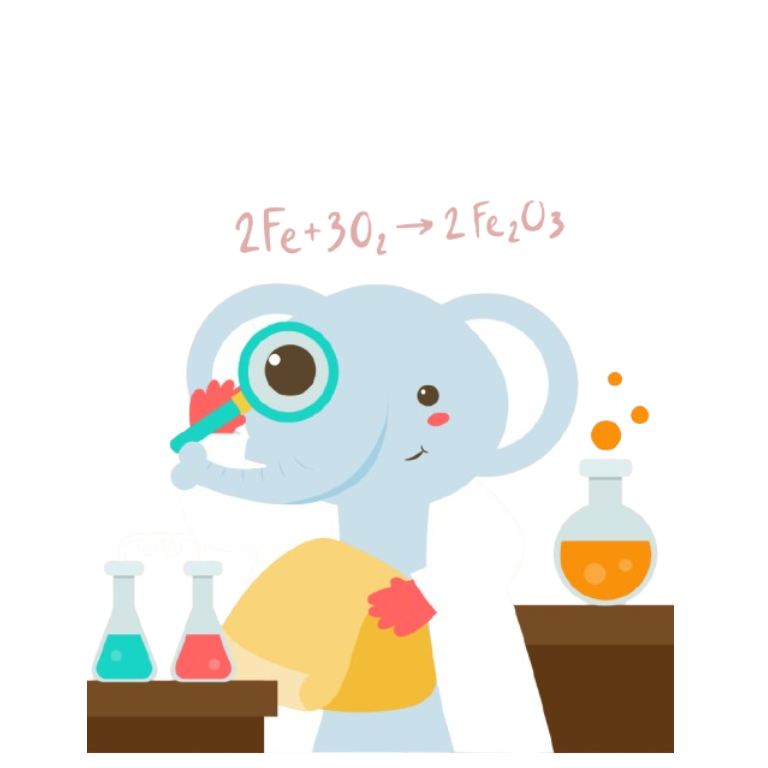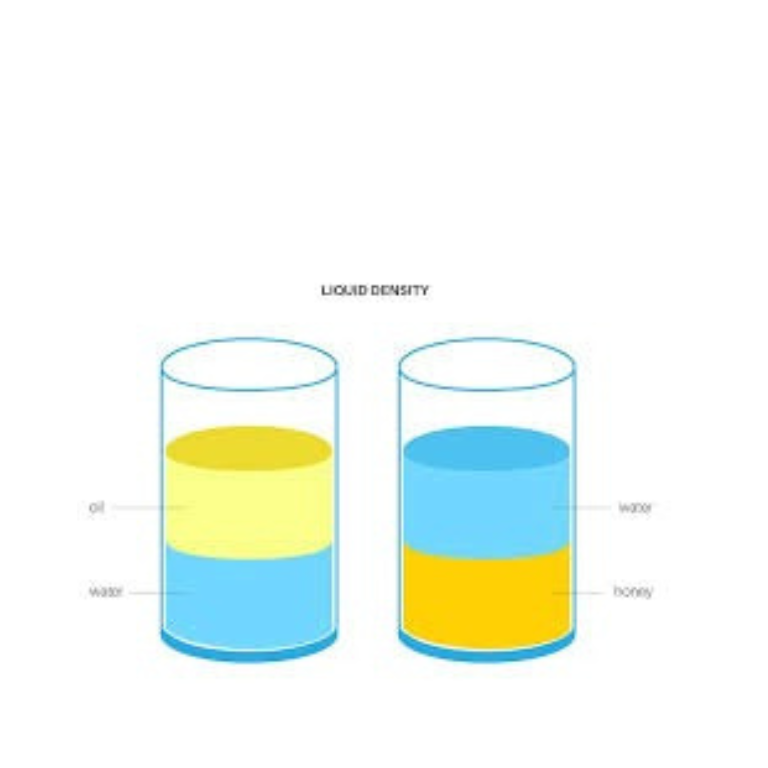Making Nylon
Polymerization Demonstration
Simulate the nylon rope trick experiment demonstrating interfacial polymerization. Observe the formation of a nylon polymer strand at the interface of two immiscible solutions.
Nylon Polymerization Setup
Hexamethylenediamine in Water
Sebacoyl Chloride in Hexane
Observation:
Click "Start Polymerization" to begin the nylon formation process at the interface.
The Science Behind Nylon Formation
Polymerization Process:
- Step 1: Hexamethylenediamine (aqueous) and sebacoyl chloride (organic) solutions are brought together
- Step 2: At the interface, amine groups react with acid chloride groups
- Step 3: Condensation reaction forms amide bonds (peptide bonds) with HCl byproduct
- Step 4: Polymer chains grow at the interface forming nylon-6,10
Chemical Reaction:
H2N-(CH2)6-NH2 + ClOC-(CH2)8-COCl →
-[HN-(CH2)6-NH-OC-(CH2)8-CO-]n- + HCl
Key Components:
| Component | Role | Chemical |
|---|---|---|
| Aqueous Solution | Provides amine groups | Hexamethylenediamine + NaOH |
| Organic Solution | Provides acid chloride groups | Sebacoyl chloride in hexane |
| Interface | Reaction site | Water/hexane boundary |
Characteristics of Nylon-6,10:
- Type: Condensation polymer (polyamide)
- Properties: Strong, flexible, resistant to abrasion
- Melting point: ~215°C
- Uses: Fibers, bristles, fabrics, ropes
Real-World Applications:
- Clothing and textiles (nylon fabrics)
- Ropes and fishing lines (high strength)
- Carpet fibers (durability)
- Parachutes (lightweight and strong)
- Toothbrush bristles


